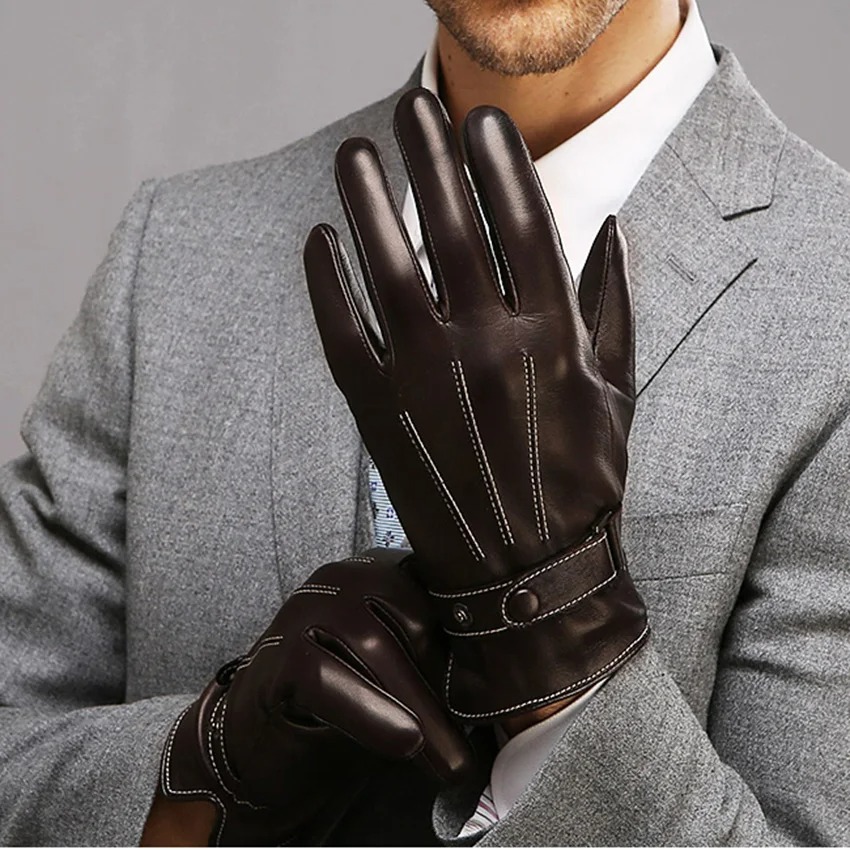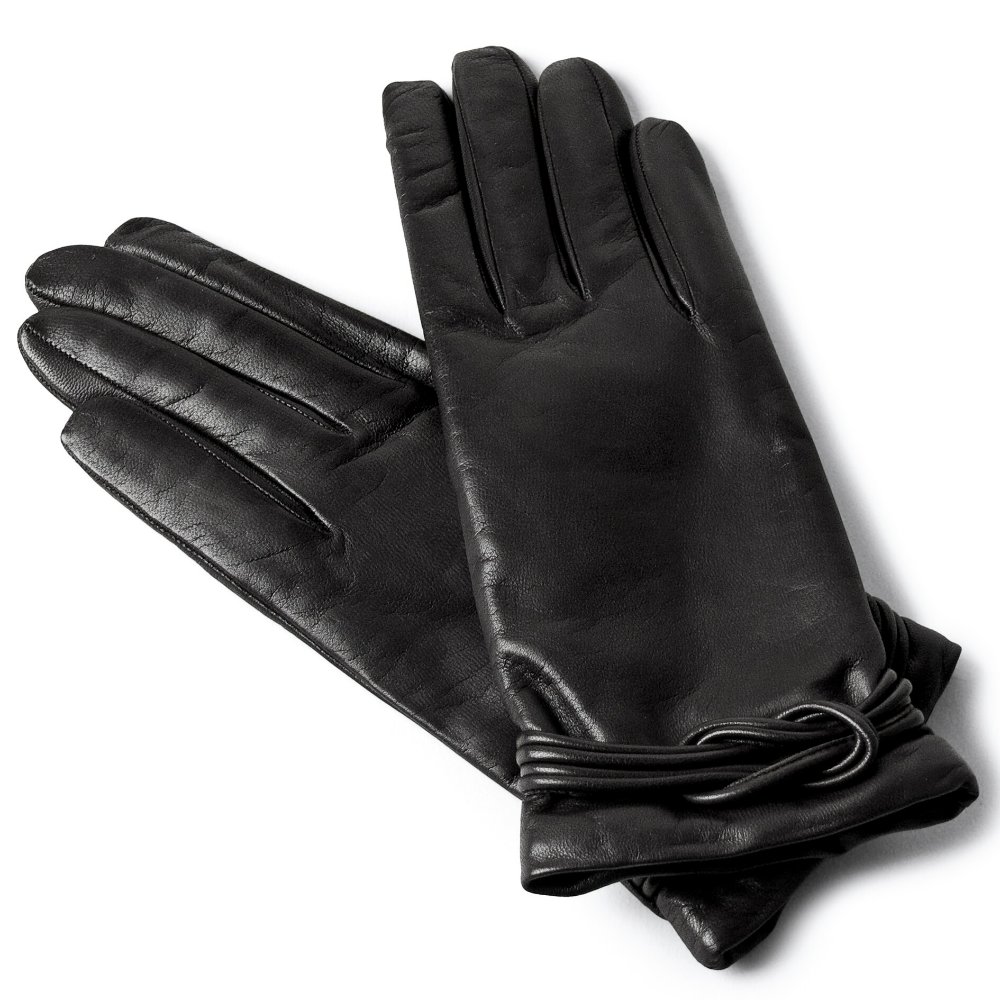Introduction to Leather Gloves and Comfort
Leather gloves are a staple for many, offering protection and style. Yet, new gloves can often feel tight and restrictive, detracting from their intended comfort and functionality. The process of softening leather gloves is vital to enhance their fit and the comfort they provide. In this guide, we will explore effective methods on how to soften leather gloves, ensuring they serve their purpose while ensuring maximum comfort. From cleaning to conditioning, and stretching to maintaining, we’ll cover all the necessary steps to transform your leather gloves into the perfect fit for your hands.
Step 1: Cleaning Your Leather Gloves
Before softening your leather gloves, start with a thorough cleaning. This is a crucial step that you should not skip. It removes accumulated grime, which allows softening agents to penetrate more effectively.
1. Choose the Right Cleaner: Use a cleaner suitable for your leather type. Apply a small amount to a soft cloth.
2. Gentle Wiping: Carefully wipe the surface of the gloves to lift off dirt and oils. Avoid hard rubbing.
3. Dry the Gloves: After cleaning, let the gloves air dry naturally. Keep them away from direct heat or sunlight.
Remember, clean gloves are easier to soften and maintain. A clean surface ensures that conditioning agents can do their job without barriers, resulting in a smoother softening process.

Step 2: Conditioning to Soften Leather
After cleaning your leather gloves, the next step is to condition them. Conditioning the leather is key to softening and preserving your gloves. Here’s how to do it right:
Choose the Right Conditioner: Pick a conditioner suitable for your leather type. Natural conditioners are often best.
Apply Conditioner Evenly: Put a small amount on a soft cloth. Gently rub into the gloves in a circular motion.
Don’t Over-Condition: A thin, even layer will do. Excess can make leather too greasy.
Let Gloves Absorb Conditioner: Wait a few hours or overnight. This gives the conditioner time to penetrate the leather.
Wipe Away Excess: Use a clean cloth to remove any residue. Your gloves should now feel softer.
Conditioning your leather gloves not only softens them but also extends their lifespan. Regular conditioning helps maintain flexibility and prevents the leather from cracking. What’s more, it enhances the gloves’ resistance to everyday wear and tear, ensuring they remain comfortable and functional for longer periods. Remember not to overdo it; apply just enough conditioner to hydrate the leather without saturating it.
Step 3: Training Gloves to Fit Your Hands
Once you’ve completed the cleaning and conditioning of your leather gloves, it’s time to address fit. Training your gloves to fit your hands more comfortably can greatly enhance the wearing experience. The process is straightforward and here’s how to do it effectively:
- Mimic Hand Movements: Put on the gloves and mimic common hand movements. Bend and flex your fingers, make fists, and stretch your hands.
- Wear Them Often: Regular use helps gloves mold to your hand shape. The more you wear them, the better they fit.
- Use Warmth: Gently heat your gloves with a hairdryer on low heat. This makes the leather more pliable. Then wear the gloves until they cool to shape better to your hands.
- Stuff Gloves: When not in use, fill the gloves with small rags or newspaper. This maintains their shape and aids in stretching.
- Be Consistent: Consistently performing these steps will yield the best results. It takes time, so have patience.
Remember, leather gloves are like a second skin. They need to adapt to the contours of your hands. By taking the time to train them, you ensure a snug yet comfortable fit that allows full mobility and enhances the comfort level. Don’t rush the process and be gentle to not overstretch or damage the leather. With a little bit of time and effort, your leather gloves will feel like they were custom-made just for you.

Step 4: How to Use Waterproofing Techniques
Protecting your leather gloves from water is essential to maintaining their softness over time. Waterproofing can prevent the stiffening that comes from moisture exposure, and it’s a straightforward process that you can do at home. Here are some tips for waterproofing your leather gloves effectively:
- Test Waterproofing Product: Before applying any waterproofing agent, test it on a small hidden area to ensure it doesn’t discolor the leather.
- Choose the Right Waterproofing Agent: Opt for products that are specifically designed for leather. Avoid those with silicone or petroleum, as they can damage the leather.
- Apply Sparingly: Use a clean cloth to apply the waterproofing agent in a thin, even layer. A little goes a long way.
- Let It Dry: After application, leave your gloves to dry naturally. Do not use heat as it can damage the leather.
- Reapply as Needed: Depending on how often you use your gloves, you might need to reapply the waterproofing agent periodically.
Waterproofing your leather gloves not only keeps them soft but also extends their wearable life by protecting them from the elements. Always follow the instructions on the waterproofing agent and take care to treat your gloves gently throughout this process.
Step 5: Stretching Techniques for a Better Fit
Now that your leather gloves are clean and conditioned, it’s time to stretch them for the best fit. Stretching makes gloves more comfortable and helps them conform to your hands. Here’s how to make sure your gloves fit like a second skin:
Wear Your Gloves Regularly
- Use Them Often: The easiest way to stretch your gloves is by wearing them. Heat from your hands naturally softens the leather, allowing it to mold to your shape.
- Perform Daily Tasks: While wearing the gloves, do everyday tasks. This gets the leather moving and stretching.
Apply Heat Gently
- Use Warm Air: A hairdryer on a low setting can make the leather pliable. Do not overheat as it can damage the gloves.
- Wear Gloves After Heating: Once warm, put the gloves on and move your hands to stretch the material.
The Ball and Rubber Band Method
- Insert a Ball: Put a small ball in each glove’s palm to stretch it out.
- Secure with Bands: Use rubber bands around the glove to hold the ball in place. This method gently stretches the leather.
Manual Manipulation
- Work the Fingers: Bend and flex each glove finger to give them a good stretch.
- Twist the Body: Gently twist the body of the glove to loosen up the leather.
Specialized Tools
- Try a Glove Stretcher: These are devices made to stretch gloves. Use as directed for best results.
Remember, leather can be delicate. Treat your gloves with care when using stretching techniques. A little effort can lead to a perfect, comfortable fit that lasts.

Step 6: Maintaining Softness and Flexibility
To maintain the softness and flexibility of your leather gloves, a regular care routine is essential. Here’s what you should do:
- Regular Application of Leather Conditioner: Continue to apply a natural leather conditioner. Do it every few months, depending on use.
- Avoid Excessive Heat and Moisture: Store your gloves in a cool, dry place. Never dry them near a heater.
- Use Natural Oils Sparingly: Oils like mink, coconut, or olive can keep leather supple. Apply a thin coat as needed.
- Handle with Care: Avoid pulling or stretching your gloves too hard. This could damage them.
- Keep Them Clean: Dust off and clean your gloves regularly. This helps prevent buildup that can harden leather.
- Proper Storage: Stuff gloves with paper when not in use. This prevents creases and keeps shape.
By following these tips, your leather gloves will stay soft, flexible, and comfortable for a long time. Remember that a little care goes a long way with leather products. Regular maintenance will ensure that your gloves continue to protect and perform while feeling great on your hands.
FAQs About Softening Leather Gloves
What’s the Best Way to Soften Leather Gloves?
To soften leather gloves effectively, start by cleaning them with a suitable cleaner. Next, apply a natural conditioner like mink or coconut oil. Wear the gloves regularly to help them mold to your hands. Use a hairdryer on a low setting to gently warm the leather before wearing them to stretch the material. Lastly, maintain their softness with routine conditioning and storage away from heat and moisture.
Can I Use Home Remedies to Soften Leather Gloves?
Yes, you can use home remedies like olive oil or coconut oil to condition and soften leather gloves. Apply a small amount of oil with a soft cloth and let it soak overnight. Ensure you use these oils sparingly to avoid over-conditioning the leather.
How Often Should I Condition My Leather Gloves?
Condition your leather gloves every few months or as needed, depending on how often you use them. Consistent conditioning helps maintain their softness and flexibility.
Will Stretching Damage My Leather Gloves?
Stretching won’t damage your leather gloves if done gently. Use methods like wearing them often or using a hairdryer on low heat to stretch without harming the gloves. Be careful not to overstretch as this may cause damage.
Is It Necessary to Waterproof Leather Gloves?
Waterproofing isn’t necessary, but it can protect leather gloves from moisture, preventing them from becoming stiff. If you choose to waterproof, use products specifically designed for leather.
By following these tips and using natural softening agents, you can ensure your leather gloves remain comfortable and functional for a long time. Remember, regular care is key to maintaining the quality of your leather gloves.